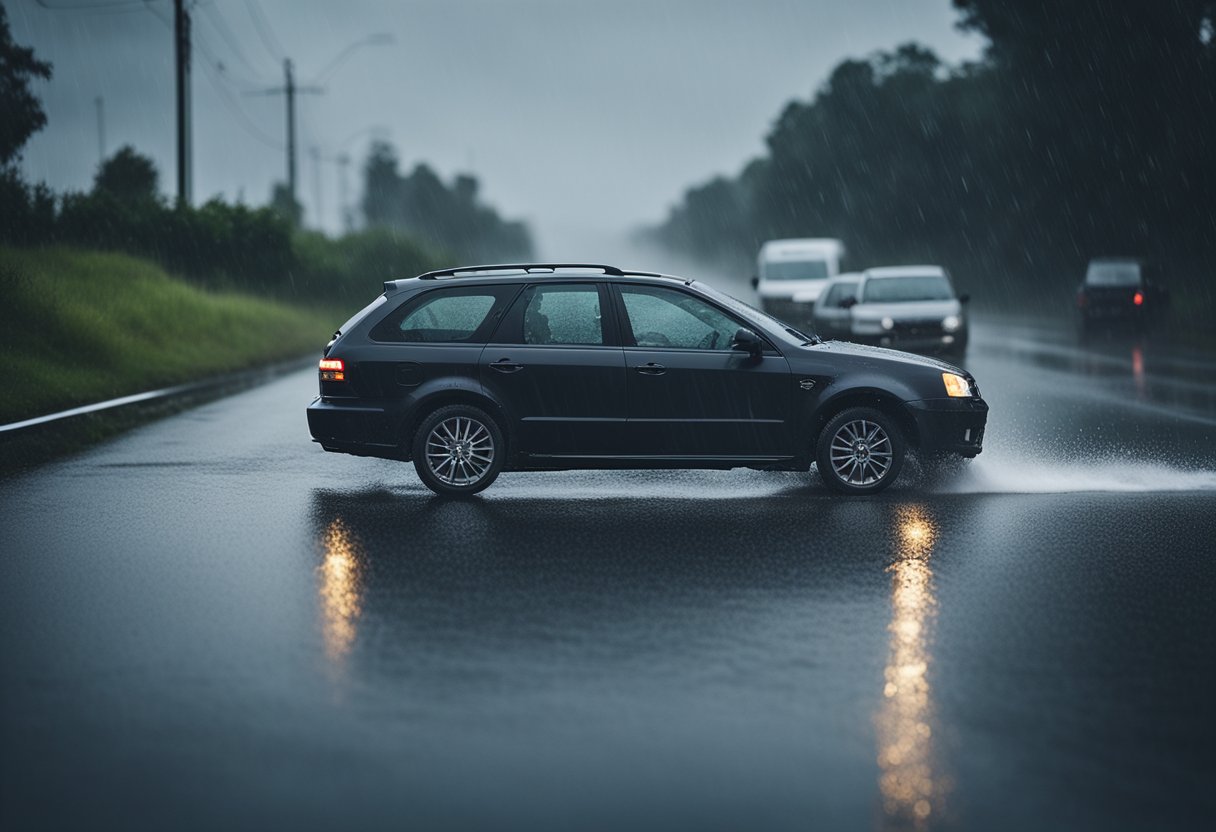Health
How Weather Conditions Affect Personal Injury Claims

Weather conditions can significantly influence personal injury claims, impacting both the circumstances of the accident and the process of filing a claim. Inclement weather, such as snow, ice, heavy rain, or fog, often contributes to car accidents, slip-and-fall incidents, and other mishaps. It can complicate the attribution of negligence, as conditions may obscure hazards or make accidents seem unavoidable.
When an injury occurs, the weather can shape the narrative of liability and responsibility. Insurers and courts may take natural conditions into account, potentially reducing the fault attributed to the parties involved. This consideration can affect compensation, as parties may argue that weather was a primary factor in causing the accident, thus making it an ‘Act of God’ and an exception to normal liability rules.
Understanding how weather impacts the legal landscape of personal injury claims is critical for both claimants and defendants. It determines how evidence is gathered and presented, and influences the strategies employed by legal representatives. If you visit a website of a law firm, you’ll learn that parties involved in such claims must consider the weather as a variable that can sway the outcome of their case.
Impact of Weather Conditions on Accident Risks
Weather conditions can significantly increase accident risks by impairing visibility, affecting vehicle handling due to surface conditions, and influencing driver behavior through various distractions. Understanding these factors is critical when assessing personal injury claims.
Visibility Impairment Due to Weather
Weather events like fog, heavy rain, snow, and dust storms can drastically reduce a driver’s visibility. This impairment can lead to collisions due to the inability to see other vehicles, road signs, and hazards. For example, fog can reduce visibility to a few meters, substantially increasing the chances of multi-vehicle pile-ups.
Surface Conditions and Vehicle Handling
Road surfaces are affected by the weather in several ways:
- Wet roads can lead to hydroplaning where tires lose traction, causing drivers to lose control.
- Ice and snow create slippery surfaces, increasing the distance required for stopping.
- Potholes worsened by freeze-thaw cycles can damage vehicles or cause drivers to swerve unexpectedly.
Weather-Related Distractions and Driver Behavior
Drivers may be distracted or behave unpredictably in adverse weather conditions:
- Adjusting controls: Activities such as changing wiper speed or temperature can take a driver’s focus away from the road.
- Stress and fatigue: Stressful driving in poor weather can lead to fatigue, reducing a driver’s reaction time.
- Overconfidence: Some drivers may underestimate the severity of the weather, leading to reckless driving behaviors such as speeding.
Each of these factors must be taken into account when investigating personal injury claims linked to weather-related accidents.
Navigating the Legal Landscape
When pursuing personal injury claims, weather conditions can influence the legal process, from preserving evidence to adhering to statutory deadlines. Understanding these factors is crucial for a successful litigation strategy.
Evidence and Documentation Challenges
In cases where weather has played a role in an accident, obtaining and preserving evidence can be notably difficult. For instance, photographs and video footage may have reduced clarity due to poor weather conditions such as fog, heavy rain, or snow. It becomes imperative to collect evidence promptly before it degrades, is covered by snow, or is washed away by rain.
- Accident Scene: The location must be documented meticulously, with emphasis on weather-related hazards.
- Witness Statements: They should be gathered immediately to ensure recollections are not dimmed by time.
Jury Perceptions and Weather-Related Cases
Juries may have predisposed notions about weather and its impact on personal responsibility. A clear articulation of the weather’s role in an incident is essential. It’s important to address such opinions directly, outlining how weather conditions contributed to the accident without diminishing the defendant’s responsibility.
- Expert Testimony: This can be critical in explaining the technical aspects of weather-related accidents.
- Visual Aids: Such as charts and diagrams, to help the jury visualize the conditions at the time of the incident.
